Optimal Timing for Concrete Repairs
Concrete repairs are most effective when performed under optimal weather conditions. Temperature, humidity, and precipitation significantly influence the curing process and the longevity of repairs. Proper timing ensures that repairs adhere well and resist future damage.
Spring offers moderate temperatures and lower humidity, ideal for concrete repairs. Avoid early spring when temperatures fluctuate significantly.
Warm weather promotes faster curing, but extreme heat can cause cracking. Early mornings or late afternoons are preferable for repairs.
Fall provides cooler temperatures and lower humidity, making it suitable for repairs before winter.
Cold temperatures slow curing and can cause cracking. Repairs are best postponed until warmer weather or performed with special temperature-controlled mixes.
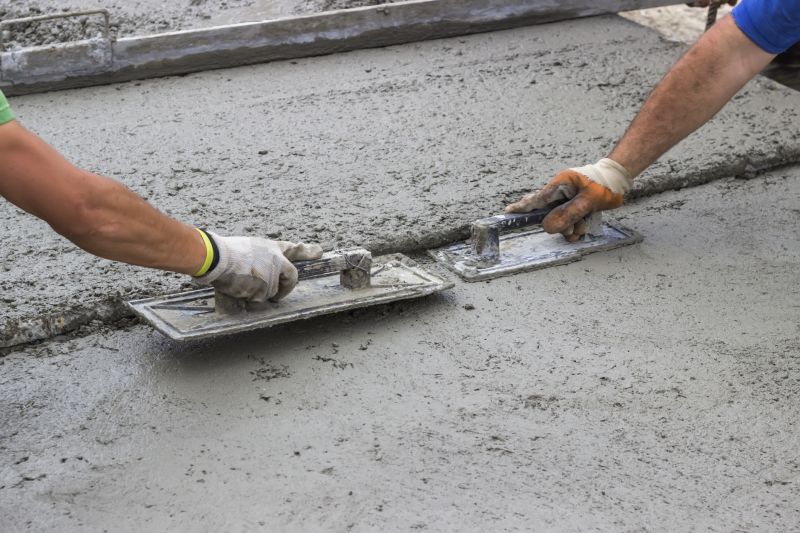
Ways to make Concrete Repairs work in tight or awkward layouts.
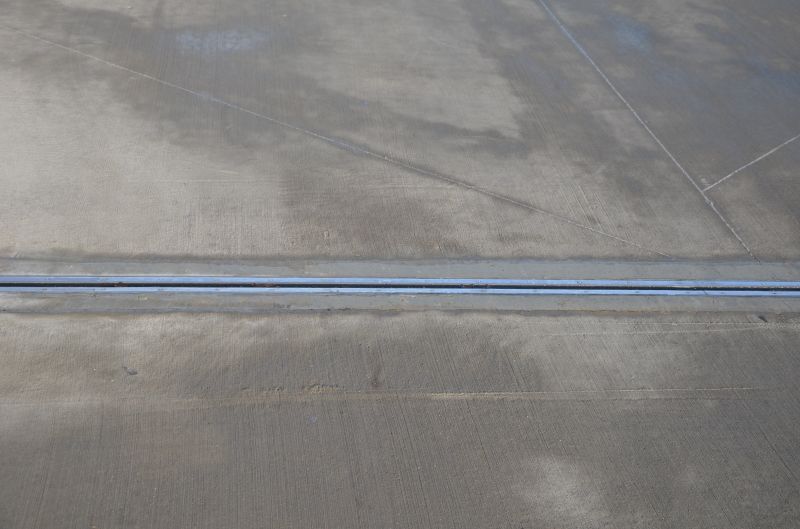
Popular materials for Concrete Repairs and why they hold up over time.
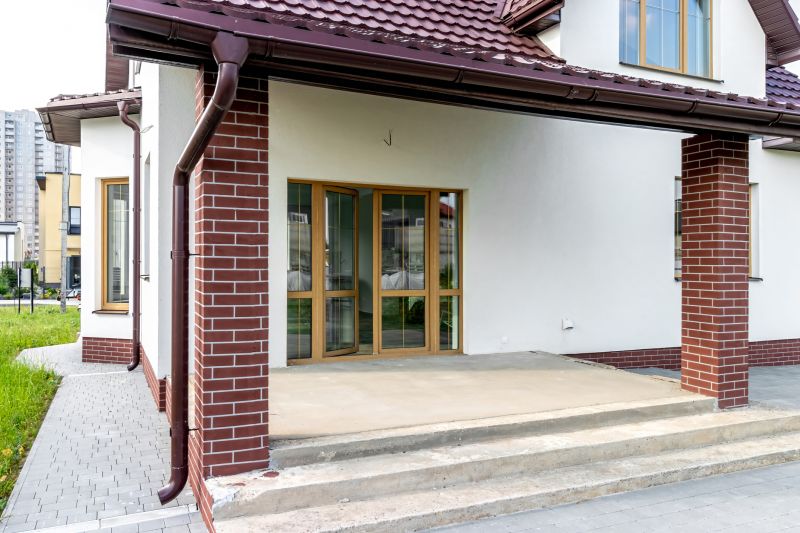
Simple add-ons that improve Concrete Repairs without blowing the budget.

High-end options that actually feel worth it for Concrete Repairs.
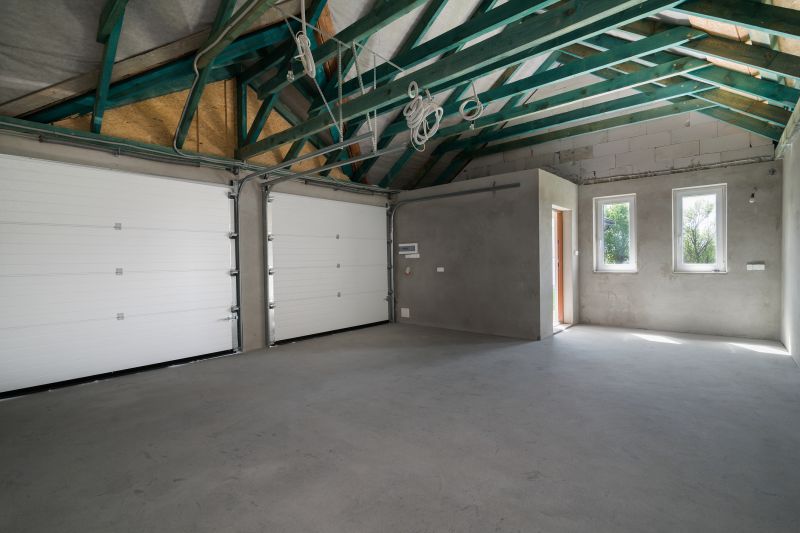
Finishes and colors that play nicely with Concrete Repairs.
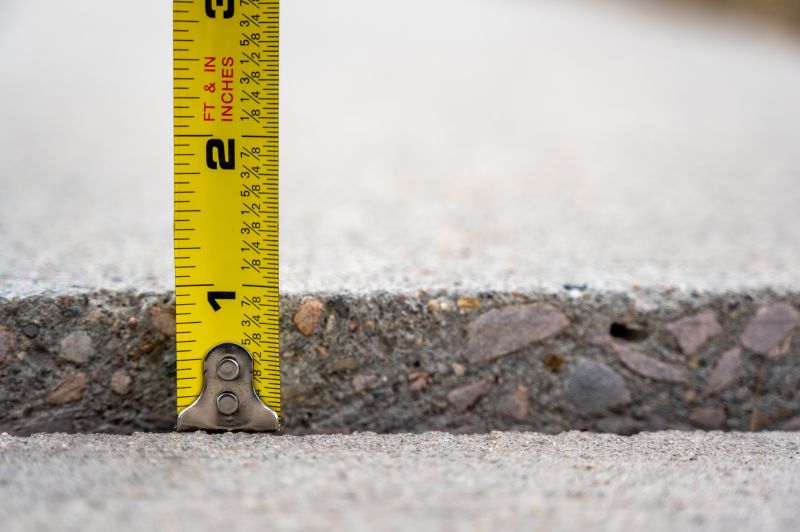
Little measurements that prevent headaches on Concrete Repairs day.
| Season | Ideal Conditions |
|---|---|
| Spring | Moderate temperatures, low humidity, minimal rain |
| Summer | Warm days, avoid extreme heat, early or late day repairs |
| Fall | Cooler temperatures, low humidity, stable weather |
| Winter | Cold temperatures, potential for cracking, best to postpone |
Concrete repairs require careful consideration of environmental factors to ensure durability and proper curing. Temperature fluctuations and moisture levels can impact the setting process, leading to issues like cracking or weak spots if not timed correctly. In general, the most suitable periods are during mild weather conditions, avoiding extremes of heat or cold.
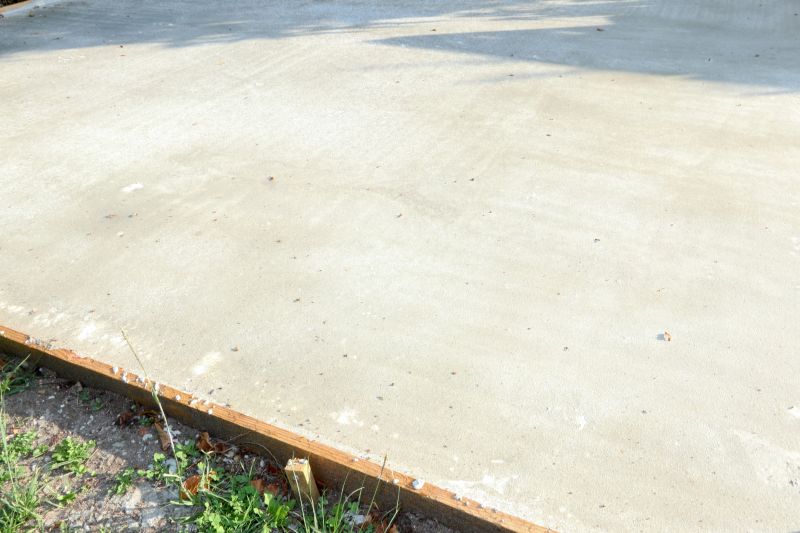
A 60-second routine that keeps Concrete Repairs looking new.
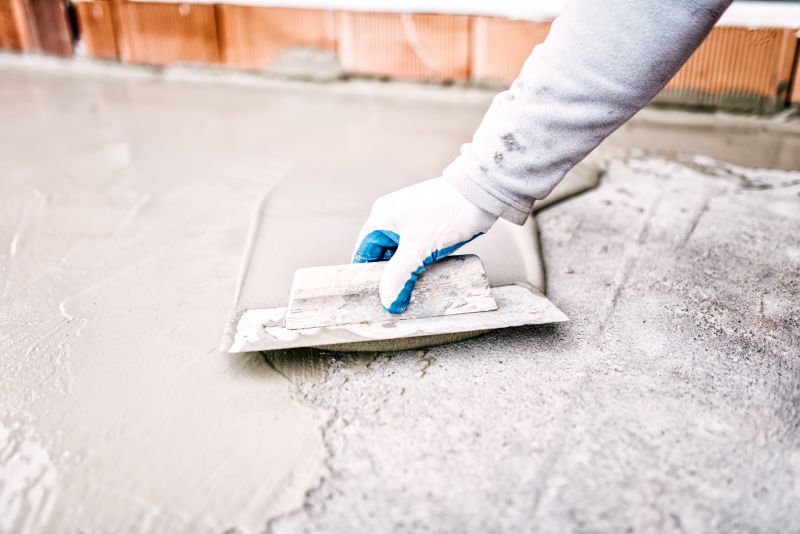
A frequent mistake in Concrete Repairs and how to dodge it.

Small tweaks to make Concrete Repairs safer and easier to use.

Lower-waste or water-saving choices for Concrete Repairs.
Timing concrete repairs appropriately minimizes the risk of future issues and extends the lifespan of the repair work. Consulting with professionals can help determine the optimal window based on local climate conditions and specific project requirements.
Professional assessment can identify the best period for repairs based on weather forecasts and site conditions.
Ensure weather conditions are suitable and the surface is prepared for optimal adhesion and curing.
Follow recommended curing procedures, especially in extreme weather, to ensure durability.
